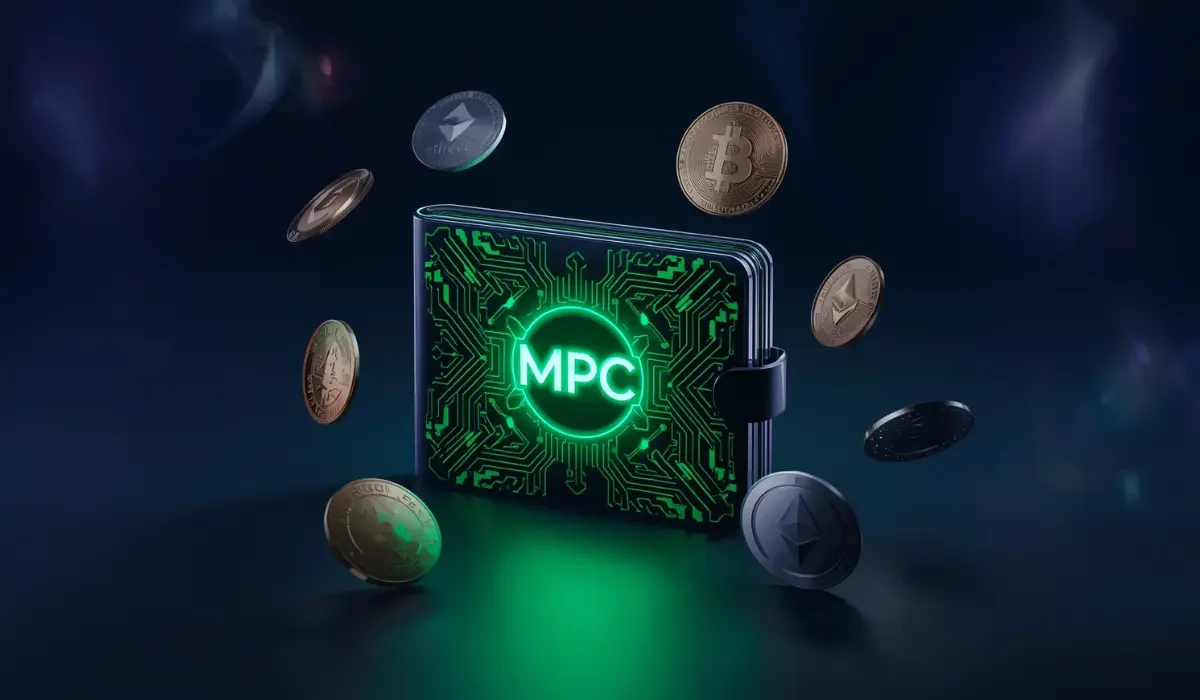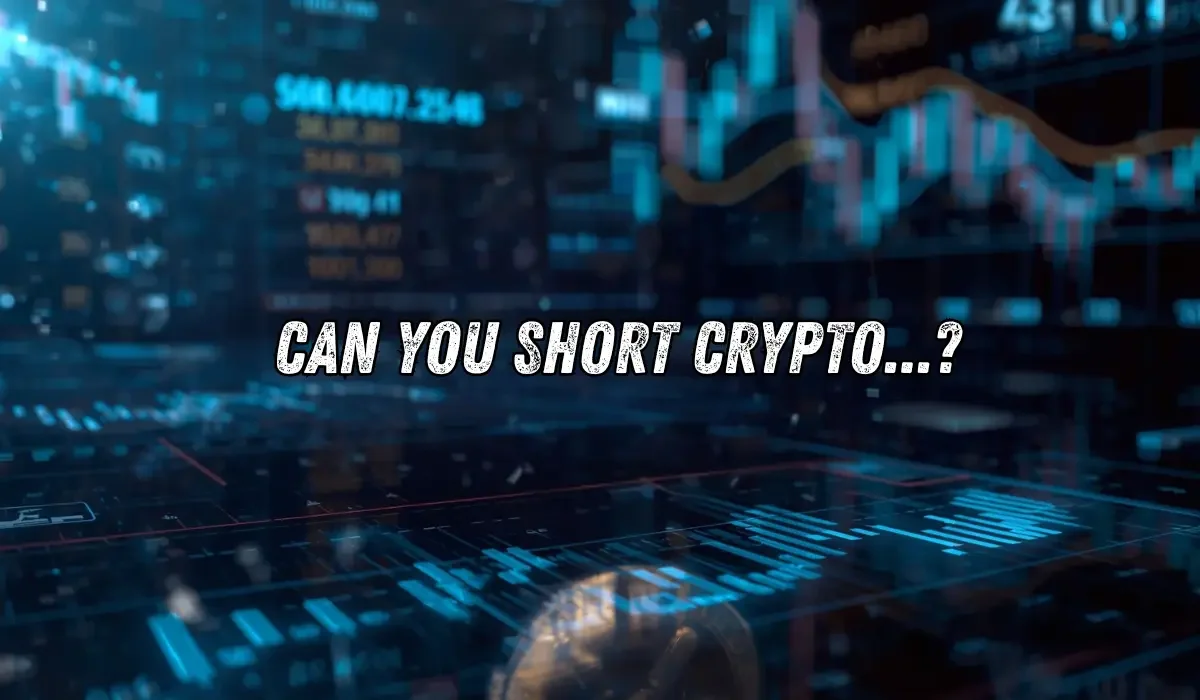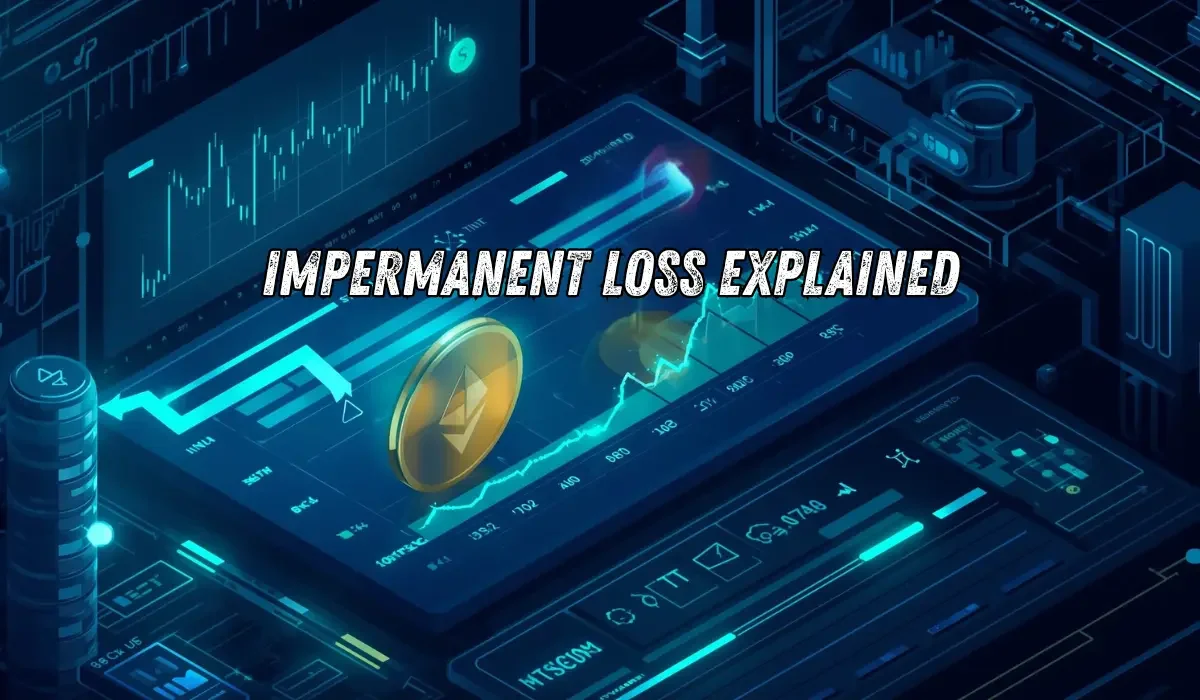What is a Multi-Party Computation (MPC) Wallet?

The set of cryptographic protocols that aim to compute a function together by multiple parties without revealing their inputs to each other is called Multi-Party Computation or MPC. When it comes to crypto, MPCs are used for public-key cryptography. MPC in crypto allows multiple users to authorize transactions together.
MPC is used to protect the assets held within a wallet. As multiple entities are involved in the process, MPCs ensure zero single-point of failure, which could otherwise lead to a fund loss.
How Multi-Party Computation (MPC) Works
MPC wallets are those wallets whose access requires permission from a computational function executed by more than one person. For instance, an MPC wallet contains large funds within it. Let us say these funds are part of a large exchange that stores users’ funds. A single entity holding all the assets is a risk, and here is where MPC wallets come in.
The above-mentioned MPC wallet is controlled by more than one person, hence the name Multi-Party. No person involved in the group has full access to the private key. The transaction signing requires permission from all parties involved. Thus, a single person cannot siphon the funds even if they wanted to.
Now, to address the same example with its underlying technicality, we will use this section. Many shares of a private key are first split in an MPC wallet. Then these parts are distributed among the different parties. To finalize a transaction, the wallet needs the private key, and the private key is put together through a cryptographic protocol with the consent of all parties involved. Thus, no single party knows the entire key and thus cannot process transactions single-handedly.
Core Cryptographic Protocols Behind MPC Wallets
An MPC may be operating on different protocols. In this section, we will discuss some of the most common types of protocols used by MPC wallets.
Gennaro and Goldfeder (GG18/GG20) are two protocols that are commonly used to achieve multi-party communication without ever reconstructing the complete private key in one place. Threshold Signature Schemes, or TSS, are a special use case of MPCs that use a predefined number m-of-n of key shares to sign a transaction.
DKG, or Distributed Key Generation, is a protocol used to initially create the key and distribute it among the parties involved. The key itself is generated in a distributed manner, so that no single person ever has the full private key to themselves at any given time.
ECDSA (Elliptic Curve Digital Signature Algorithm) is a specific cryptographic algorithm that is yet another protocol that is operational on mainstream currencies like Bitcoin. So MPC wallets that store Bitcoin may often contain ECDSA at their core.
The Evolution of Message Signing
Transaction signing over blockchain has evolved with time. The earlier versions of even the most secure wallets saw single-key digital signature methods. It was much later in the development of advanced cryptographic signing that the MPC protocols came to be.
The latest and most advanced version of the blockchain signing, focusing mostly on security, is MPC with multi-sig. Here, one shared key pair is distributed among the parties. All of these evolutions are aimed at securing and strengthening the storage, access, and transaction of cryptocurrencies.
Defining an MPC Wallet and Its Purpose
An MPC wallet is a cryptocurrency wallet that enhances its security through the application of MPC protocols and shared keys. An MPC wallet is highly resistant to hijacking, hacking, and intentional attacks by one of the many parties involved.
By utilizing advanced cryptography to never store the private key in one place and never reveal it during transaction signings, MPC wallets greatly improve the security aspect of crypto transactions.
Pros and Cons of MPC Wallets
MPC wallets offer some interesting benefits, like enhanced security, flexibility, and control. With a larger number of participants involved, MPC wallets improve security and allow for risk mitigation. Asset management and transfer also benefit from this level of security.
However, MPC wallets do have their cons. High operational complexity and cost are two main cons of MPC wallets. This is one of the reasons why they are commonly used by large enterprises and not individual entities. In addition to this, MPC wallets have interoperability issues, which make them incompatible with certain applications.
Final Thoughts
MPC wallets cement a major advancement in digital asset security by distributing trust across multiple parties and eliminating single-point failures. MPC wallets ensure that the private key is never stored or made entirely visible to a single person in the collection of individuals responsible for storing the key through highly complicated cryptographic methods such as threshold signature schemes and distributed key generation.
By using MPC wallets, we can get rid of problems like insider threats, hacking attempts, and key mismanagement. This makes them ideal for complex operations involved with the storage of large funds. This finds key applications in exchanges, financial institutions, etc. For organizations with the requirement for complex safety and security measures, the operational complexity and higher costs of an MPC wallet are offset since they offer enhanced security and protection of assets.
With the evolution of blockchain technology, MPC wallets stand as a powerful solution by ensuring secure transaction authorization and asset custody. In essence, these MPC wallets pave the way for a secure and resilient crypto infrastructure.
FAQs
MPC wallets can be custodial or non-custodial based on the distribution of the key share.
Since most MPC wallets utilize threshold schemes, the transactions can proceed without just one key share. If this redundancy is not configured, then key restoration processes may have to be initiated.
Privacy is the main factor that differentiates the two, while multi-sig wallets produce multiple on-chain signatures visible to the network. MPC wallets produce a single aggregated signature that maintains privacy.
Yes, but the integration depends on the blockchain and wallet architecture.
Since the MPC wallet signing process requires communication between multiple parties, it can introduce latency, unlike single-key wallets; however, this is not a big issue.
Crypto & Blockchain Expert





